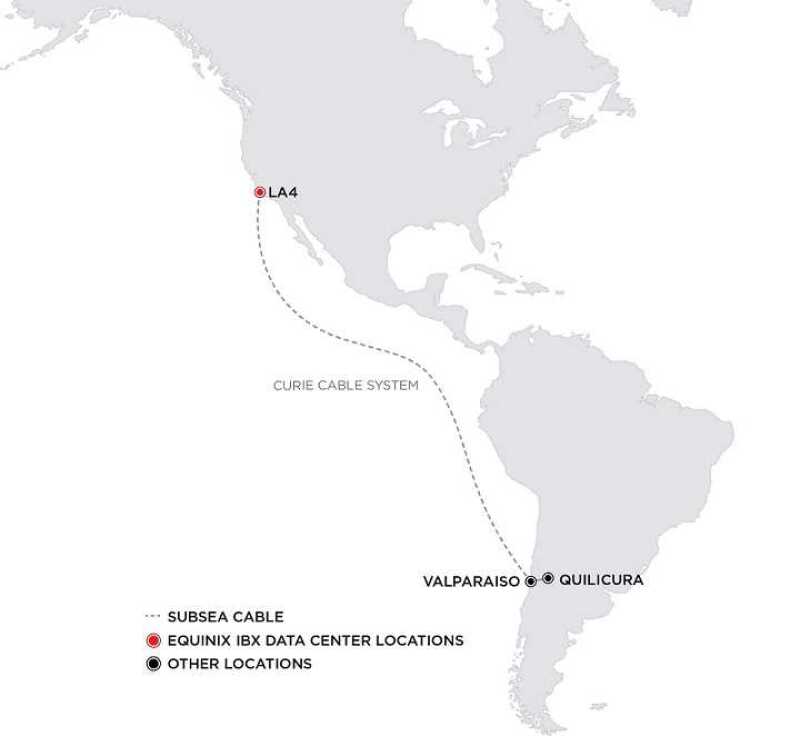The four fibre-pair system is to be build by TE SubCom and will be first new cable to Chile in the last 20 years. It will land directly at the Equinix LA4 International Business Exchange (IBX) data centre located in El Segundo, California.
“With the significant increase in global data traffic, we see corporations running global businesses demanding access to high capacity, low-latency networks capable of connecting them to data centres across oceans with stringent levels of reliability, said Jim Poole, vice president of business development at Equinix. “Any user of a subsea cable system that lands inside one of our Equinix global data centre termination points has instant, low-latency access to a host of vibrant industry ecosystems inside Equinix, and that's a huge advantage."

The Equinix CLS configuration is ideal for integrating the backhaul capacity of a subsea cable system directly into the ecosystems of the companies that reside in its IBX data centres.
According to Cisco’s Complete Visual Networking Index (VNI), the level of global data traffic is expected to reach 3.3Zb by 2021, and almost every byte touches a subsea cable as cloud service providers, network service providers, content providers and enterprises push to move data globally in real time. The rapid growth of data—from basic web browsing and e-commerce to streaming video and AI—is helping drive a global surge in new subsea cable construction.
Additionally, according to Equinix’s second annual Global Interconnection Index (GXI) bandwidth provisioned for private connectivity is forecasted to grow by 2021 to more than 8,200Tbps of capacity, which is equal to 33ZB of data exchange per year. The new figures are a huge increase over previous years’ projection, roughly ten times the projected capacity of internet traffic. Overall, this represents a five-year compound annual growth rate (CAGR) of 48%, almost double the 26% CAGR of global IP traffic.






